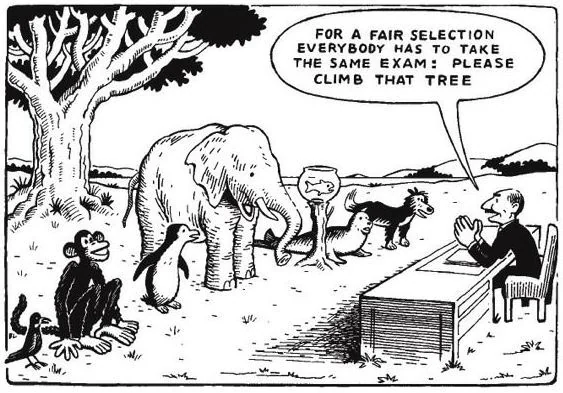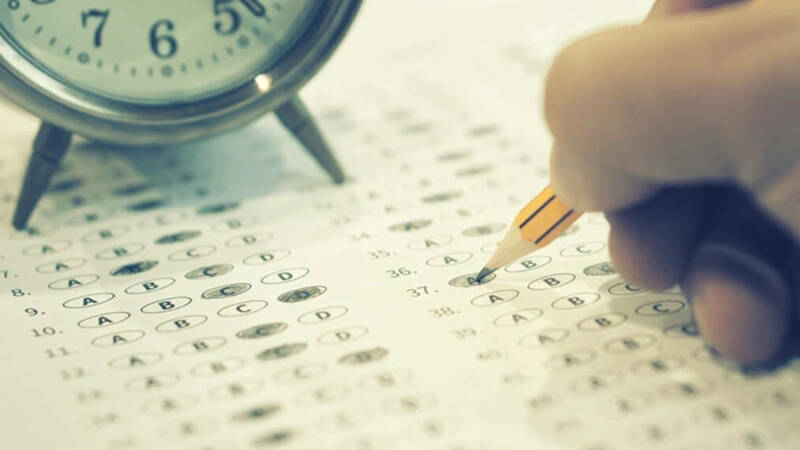The removal of affirmative action. Elite colleges reinstating standardized testing. Increased selectivity. The ugly truth of the college admissions process is that, due to the rising number of applications to top-notch schools every year, acceptance rates have plummeted and it’s become more difficult than ever for application readers to maintain the practice of holistic review. To accommodate this influx of submissions, the College Board has redesigned both the SAT and the ACT in attempts to make them more accessible online, or even in some cases, solely available online instead of paper. So what should you expect for the next test this February to March? How should you be preparing, or should standardized tests really be a thing at all?
When it comes to the next testing date—currently set on February 8th, 2025 for the ACT and March 8th for the SAT—and knowing what to expect, it’s also important to note that these issues are ongoing and may still be subject to change in the coming months. However, as of last March in 2024, the SAT has become a fully digital exam with some rare exceptions for students with documented disabilities or challenges that would conflict with this change of formatting. The College Board, the organization that administers the SAT every year, believes that societal changes call for a more digitized format in order to keep up with the rapidly modernizing world. As of last fall in 2024, the U.S. got a taste of this more modern update with the debut of the online PSAT via an app called Bluebook, but having full on digital standardized tests rather than just practice ones presents its own set of unique roadblocks.
This new test has an “adaptive” nature where, in both the math and reading sections, “a student’s performance in the first part will determine the difficulty level of the second part” (Wong). Although this format allows for greater test security in order to combat cheating, it has also been said to disadvantage those who have bad luck with the first section and then, subsequently, can’t score as many points on the second half. What’s more, even in its digital version, the SAT is not a take-home exam; it is still a monitored test and will be under the watchful eye of a proctor. Another big change that could be helpful for students is the time reduction. The test is around an hour shorter than the original, and has more concise reading passages and better explained math questions than its predecessor. Pricilla Rodriguez—the College Board’s senior vice president of college readiness assessments—states that with more time per question, students will feel “less tired, less rushed, and less freaked out,” as well as more confident that they will be able to utilize the time they have to finish up the SAT—a little over two hours.

“For a fair selection, everybody has to take the same exam: Please climb that tree.” — Hans Traxler
However, these changes beg the question: is timed testing something of the past? Is it really an accurate measure of students academic ability, or rather something that has lost its depth in the admission process? Some argue that time limits provide an environment where students can showcase an important life skill. Being efficient under pressure. On top of giving colleges a comparable, data-driven measure of an individual’s “college readiness” based on their mastery of the disciplines, it is also argued in the support of timed tests that without them, differentiating students from schools with grade inflation to those without would be incredibly difficult. It all makes sense, right? But in hindsight, this same pressure from standardized testing can cause students to underperform. For every student that feels more focused and productive under time constraints, there’s just as many who feel as if their full range of knowledge isn’t being accurately communicating to potential schools. In education, speed has long been equated with intelligence and as a sign of subject mastery, when in reality, “students with a higher intelligence solve easy problems faster but are consistently slower when solving difficult problems” (Schirner, et al., 2023). In the words of Einstein, why should we ever judge a fish for its ability to climb a tree? “Time pressure rewards students who think fast and shallow— and punishes those who think slow and deep,” writes Adam Grant in his Times article. “The students with the greatest potential aren’t always ones who can rapidly spit out the right answers. They are often the ones who take the time to ask the right questions.”
Sources:
Big changes are coming to the SAT, and not everyone is happy. What students should know.
The SATs Will Be Different Next Year, and That Could Be a Game-Changer
The SAT Has Changed: Here’s What to Know
Timed Tests and Their Effect on Student Performance



























